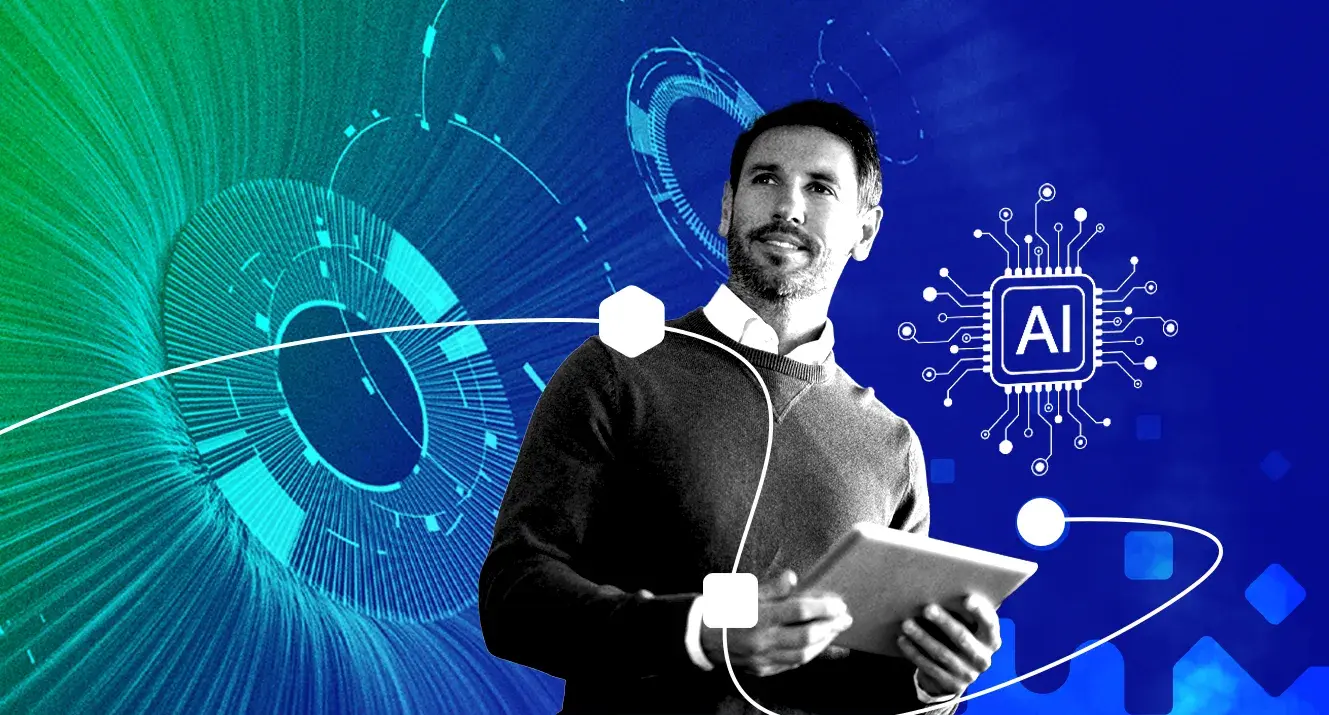Beyond the hype, what are the real-world challenges leaders face when integrating artificial intelligence (AI) into their IT operations? And what's the path to building true resilience? On June 26th, we hosted a business roundtable titled, “Beyond Automation: Architecting Resilient IT with Agentic AI and Data-Driven Recovery,” with a diverse group of executives from the financial services, gaming, and technology sectors to find out.
The conversation was a candid exploration of the gap between AI's promise and its practical application. While the potential for transformation is undeniable, so are the complexities of implementation, the anxieties around cultural change, and the technical hurdles of building true resilience.
Here are some of the key insights from our discussion:
The resilience gap: Moving from theory to reality
"We did it theoretically through math, but then in reality, we just didn't meet that situation." This powerful statement from one leader, recalling a disaster recovery (DR) failure during Hurricane Sandy, captured a universal truth: a plan on paper is not a plan in practice.
The unanimous verdict was that the old model of infrequent, high-stakes IT disaster recovery testing is dangerously insufficient in today's volatile world. The need of the hour is for frequent, automated, and realistic resilience testing that doesn’t disrupt business. This means moving beyond theoretical exercises to create a state of continuous operational readiness.
The future is a human-AI partnership
A recurring theme was the fear of job displacement, but the consensus was clear: the future is not about AI versus humans, but AI with humans. As one participant eloquently put it, "AI can replace I, intelligence. What AI cannot replace is EI, emotional intelligence."
The group coalesced around a "10-80-10" model for AI implementation: 10% human input to initiate a task, 80% AI-driven execution, and a final 10% human oversight for quality control. The goal is to use AI as an enabler—a powerful tool to handle mundane, repetitive work, freeing up human teams to focus on what they do best: strategic thinking, complex problem-solving, and providing the irreplaceable value of experience.
The quest for proactive, self-healing operations
Why wait for something to break? Leaders are actively looking to shift from a reactive "firefighting" mode to a proactive, predictive, and even self-healing operational state. They envision a future where AI can:
- Predict potential issues by analyzing vast datasets.
- Automate remediation for common problems before they escalate.
- Sift through incident data to identify root causes and prevent recurrence.
One of the most exciting concepts discussed was the "AI command center," where a small, highly-skilled team, augmented by a swarm of AI agents, could oversee complex changes and manage incidents with unprecedented efficiency and control.
Leading the cultural shift with AI
Perhaps the biggest challenge of all is the human one. Every leader in the room was focused on guiding their teams through this monumental shift. The conversation wasn't about reducing headcount, but about elevating roles. The focus is on upskilling, fostering a culture of continuous learning, and shifting the definition of value away from manual tasks and toward strategic business enablement.
Conclusion
The path forward with AI is both exciting and challenging. The insights from our roundtable make it clear that the most successful organizations will be those that build a new operational model—one that is resilient by design, proactively intelligent, and built on a foundation of human-AI collaboration. The goal isn't just to adopt AI, but to harness it to create more meaningful work, more robust systems, and ultimately, more value for customers. The question for leaders is no longer whether AI will transform operations, but how to guide that transformation to build a more resilient and intelligent future.
How Cutover fuels the future of resilient operations
The executive roundtable emphasized the importance of a clear vision for IT operations: a proactive, intelligent, and highly resilient approach is crucial. This is exactly where Cutover's AI-powered automated runbooks become essential for enterprises looking to future-proof their operations. Cutover bridges the "resilience gap" by turning theoretical plans into practical, repeatable, and verifiable actions. By digitizing and automating vital IT processes—from complex disaster recovery failovers to routine maintenance—Cutover ensures that each step is performed with precision, speed, and accountability, enabling teams to shift from manual oversight to strategic control.
Contact Cutover today to learn how our AI-powered runbooks can revolutionize your IT operations.

